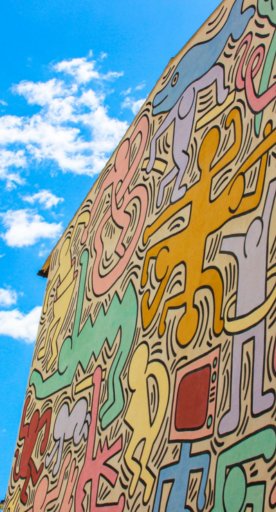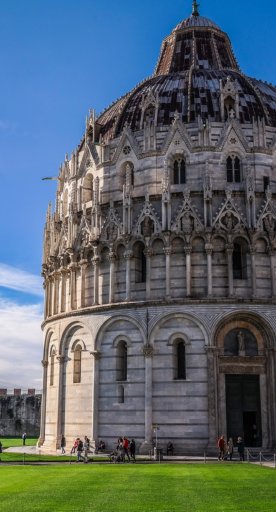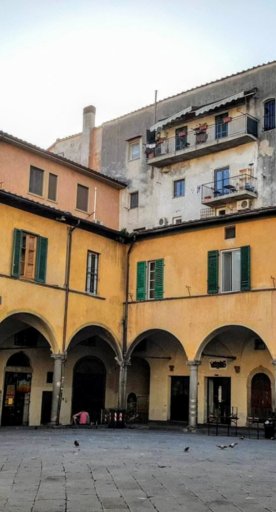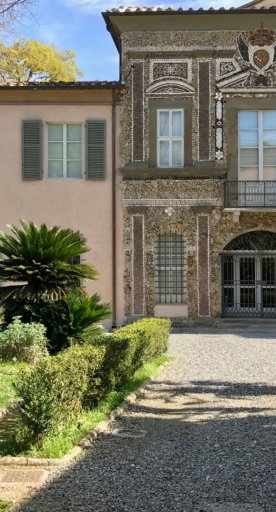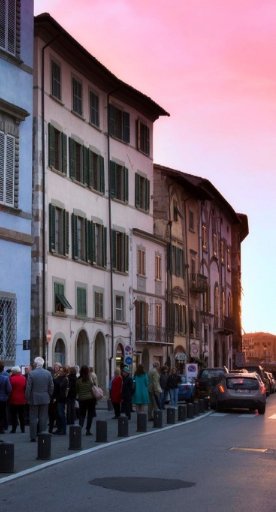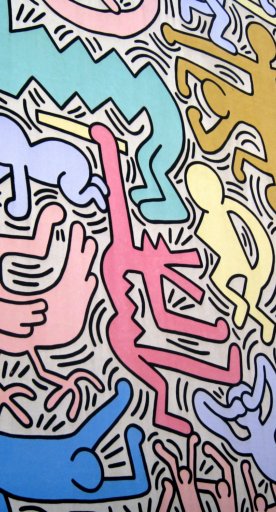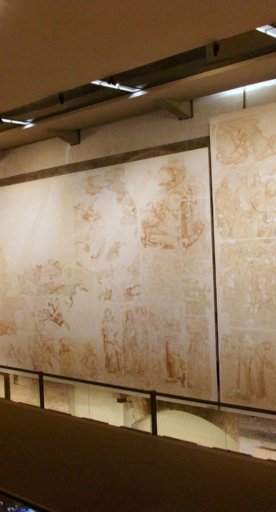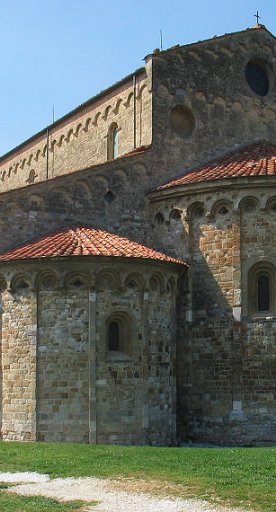Piazza dei Cavalieri en Pisa
Aquí se desarrolló la historia de la ciudad, desde el Conde Ugolino hasta los Medici, de Napoleón a Enrico Fermi
La Piazza dei Cavalieri en Pisa, fue originalmente la antigua Piazze delle Sette Vie, centro político de Pisa, probablemente el lugar del Foro Romano: más tarde fue transformada por Cosimo I de los Medici en el centro de la Orden de los Caballeros de Santo Stefano, surgida para defender las costas toscanas y mediterráneas de las flotas turcas y de los piratas.
En el centro de la “plaza de los caballeros” se encuentra la estatua del Gran Duque de Toscana, obra de Francavilla realizada en el 1596, detrás de la cual surge el Palazzo Carovana, el antiguo Palacio de los Ancianos del Pueblo, que fue transformado por Giorgio Vasari con su forma actual, y completamente cubierto en la fachada por pinturas, dibujos y, con el paso del tiempo, con los bustos de todos los Medici de Toscana que se sucedieron en el Gran Ducado.
Actualmente es la sede de la Scuola Normale Superiore, creada por voluntad de Napoleón Bonaparte siguiendo el modelo de la Escuela de París. Aquí estudiaron y enseñaron los más grandes profesores italianos, como Antonio Pacinotti, Carducci, Pascoli, Fermi y Rubbia.

A la izquierda se encuentra el Palacio del Reloj, reconstruido sobre la base de dos antiguas torres de los Della Gherardesca, que fue utilizado como hospital del Orden y como prisión y es famoso por ser el lugar donde pusieron en la cárcel y murió de hambre junto a su familia, el Conde Ugolino.
Desplazándose hacia la izquierda, junto al oratorio San Rocco, se encuentra el Collegio Puteano, fundado en el 1605 por el obispo Dal Pozzo para acoger a los estudiantes de Biella en el estudio de Pisa.
En la parte sur de la plaza se encuentra el Palacio del Concilio de los Doce, ya antigua sede de la Magistratura Republicana, reconstruido por el arquitecto Pietro Francavilla a principios del siglo XVII, en su interior se conservan valiosas pinturas de Pisa del siglo XVIII. Junto a ella se encuentra la rectoría, proyectada por Vasari, donde alojaban los capellanes de la Orden.

